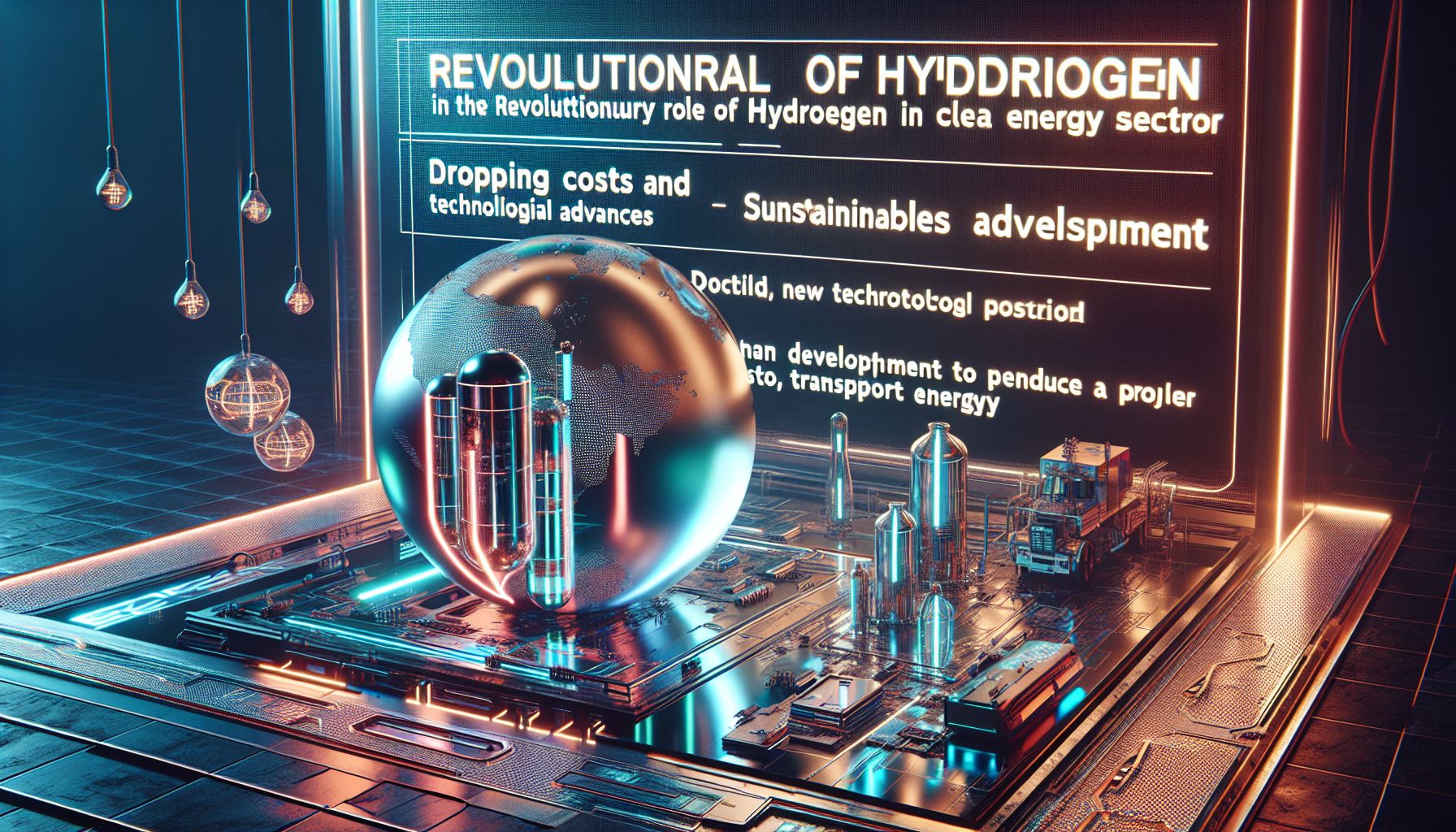Revolutionising Clean Energy: The Hydrogen Economy's Bright Future

London, Friday, 10 October 2025.
Hydrogen is reshaping clean energy with falling costs and tech advances, promising new ways to produce, store, and transport energy. It’s a pivotal moment for global sustainability.
Hydrogen’s Role in the Clean Energy Transition
Hydrogen is swiftly becoming the darling of clean energy, not just a futuristic dream but a present reality. With technological advances and decreasing renewable energy costs, hydrogen is now poised to revolutionise how we think about energy [1]. This shift is driven by innovations in production methods like electrolysis, which, when combined with renewable energy, offers a cleaner alternative to traditional methods such as steam methane reforming [1].
Innovations in Hydrogen Production
The world of hydrogen production is buzzing with innovations. New methods like methane pyrolysis and photoelectrochemical water splitting are gaining traction, with some systems achieving impressive solar-to-hydrogen efficiencies [1]. Electrolysis stands out as the cleanest option, especially when powered by renewables, showcasing how far we’ve come from the days of fossil fuel reliance [1].
Hydrogen Storage and Transport Challenges
While hydrogen production is on the rise, storing and transporting it presents unique challenges. Compressed gas has low energy density, and liquefied hydrogen faces boil-off issues. Innovations in chemical carriers like metal hydrides are being explored, but there’s still work to be done [1]. The good news? Researchers are dedicated to overcoming these hurdles, ensuring hydrogen’s role in our energy future remains bright [1].
Global Efforts and Policies
Countries worldwide are recognising hydrogen’s potential. Over 40 national hydrogen strategies are in place, supported by substantial investments [1]. The EU plans to produce 10 million tonnes of renewable hydrogen annually by 2030, while Japan and the US are also ramping up efforts [1]. These initiatives highlight a global commitment to harnessing hydrogen’s capabilities for a sustainable future [1].
Hydrogen in Transport and Industry
Hydrogen is not just for power; it’s transforming transport and industry too. Fuel cell electric vehicles (FCEVs) offer a zero-emission alternative, particularly promising for heavy-duty applications like buses and trains [1]. Industries such as steel and cement are also eyeing hydrogen to decarbonise operations, marking a pivotal shift in reducing carbon footprints [1].
The Road Ahead for the Hydrogen Economy
The path forward for hydrogen is clear: reduce costs, expand infrastructure, and integrate hydrogen across sectors. While challenges remain, the potential rewards are immense. By 2050, clean hydrogen demand could rise significantly, underscoring the importance of ongoing investments and innovations [1]. Together, we can ensure hydrogen becomes a cornerstone of our clean energy future [1].